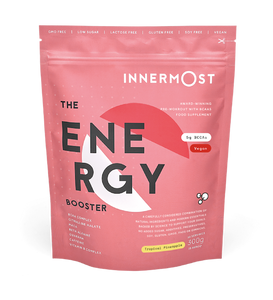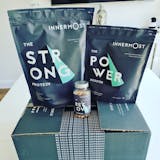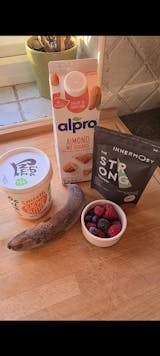Understanding the Science of Interval Training:
Interval training is all about alternating between short bursts of intense exercise with brief periods of active recovery or rest. This cycle is repeated, and is what makes this training a powerful way to improve physical fitness, physiological functions and cardiovascular disease risk.- High-intensity interval training (HIIT), whereby efforts elicit ≥90% of maximal oxygen uptake or >75% of maximal power.
- Sprint interval training (SIT), a more intense version of HIIT with efforts above VO2 max or maximal power.
- Repeated-sprint training (RST), characterised by performing a high number of sprints with a shorter recovery interval.
The Top 3 Benefits of Interval Training:
1. Fat Burn Furnace:
Current research is in favour of the elevated burning of calories in HIIT based exercise to that of its steady-state counterparts, especially if it combines both weight based and aerobic activities. This is thought to stem from the effect of HIIT on our metabolic rate, and it’s pretty neat ability to shift our body’s metabolism to burn fat as opposed to carbs even after we’ve completed the workout. Meaning along with a healthy-balanced diet, the inclusion of this super strategy could
be the perfect accomplice for weight loss.
2. Cardiovascular Supercharge:
Interval training is not just about torching calories; it's also a bonus for your heart health. Those intense intervals help improve your cardiovascular fitness by bettering your heart rate and strengthening your heart's ability to pump blood effectively. This translates to improved cardiovascular function and decreased risk of disease.
3. Time-Efficient Workouts:
In today's fast-paced world, time is precious. The beauty of interval training is that it offers these great results in a short amount of time. A typical session can range from just 20 to 30 minutes, making it a highly efficient choice for busy individuals. With it being so short and snappy you are also more likely to get a sense of enjoyment out of this training type, with its constantly changing stimuli and short length.
Getting Started with Interval Training:
So, how can you harness the power of interval training for your fitness journey? Here's your action plan:
1. Warm Up:
Always begin with a thorough warm-up to prepare your muscles and joints for the
intensity ahead. A warm-up session of 5-10 minutes can include light jogging, dynamic stretching, or mobility exercises.
2. Choose Your Intervals:
Determine the duration and intensity of your high-intensity intervals.
These should push you to around 80-90% of your maximum effort. The recovery periods should be less intense, allowing you to catch your breath.
3. Variety is Key:
Keep things interesting by mixing up your exercises. Whether it's sprinting, cycling, or bodyweight exercises, the key is to engage different muscle groups to prevent monotony and keep your body challenged.
4. Safety First:
Pay attention and listen to your body. While pushing your limits is essential, safety
always comes first. Ensure proper form and alignment to reduce the risk of injury.
5. Cool Down:
Wrap up your session with a cool-down period to gradually lower your heart rate and prevent dizziness or fainting. Stretching and controlled breathing are excellent ways to achieve this.
Adding an interval-based training to your weekly workout can revitalise your fitness routine and improve overall wellbeing. The science-backed benefits and the time-efficiency of interval training makes it an ideal choice for today's busy lifestyles. So, gear up, embrace the intensity, and let interval training unlock your fitness potential. Your body will thank you, and you'll be well on your way to achieving your fitness goals.























